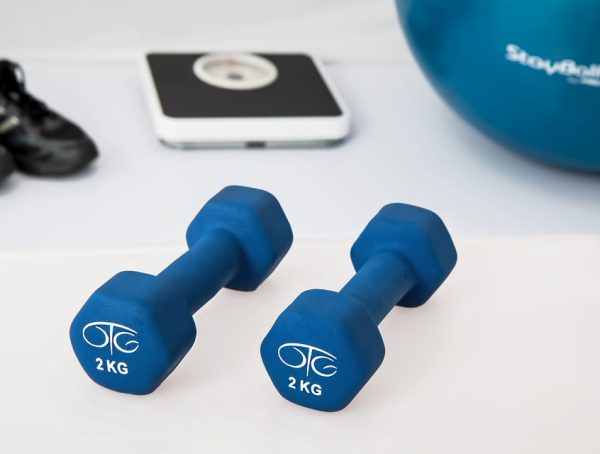As we age, our muscles weaken, and our core strength declines. This can lead to a host of health problems, including falls, back pain, and difficulty with balance and mobility. Maintaining core strength is vital for senior health and wellness, and it’s something that can be done at any age. Here’s why and how.
What is Core Strength?
First, let’s define what we mean by “core strength.” Your core muscles are the muscles that support your spine and pelvis, including your abdominal muscles, lower back muscles, and hip muscles. These muscles work together to stabilize your body and control your movements. When these muscles are strong, you have better posture, balance, and stability.
Why is Core Strength Important for Seniors?
As we age, our muscles naturally start to weaken, including our core muscles. This can lead to a host of problems that can affect our overall health and wellness. Here are just a few reasons why core strength is vital for seniors:
1. Helps Prevent Falls: Improved core strength can help seniors maintain their balance and stability, reducing the risk of falls, which can be devastating for seniors.
2. Reduces Back Pain: A strong core can help support the lower back muscles, reducing the risk of back pain, a common problem among seniors.
3. Improves Mobility: Strong core muscles help seniors maintain good posture and control their movements, which can improve mobility and flexibility.
4. Enhances Digestion: Core strength exercises can also help tone up the abdominal muscles, which can help improve digestion and reduce the risk of constipation.
5. Supports Overall Wellness: Improving core strength can also have a positive impact on overall health and wellness, including heart health and cognitive function.
Action Steps for Maintaining Core Strength
Now that we understand why core strength is so important, let’s look at some actionable steps that seniors can take to maintain their core strength at any age.
1. Start with the Basics: If you’re new to core strength exercises, start with some basic exercises, such as abdominal crunches, planks, and bridges. There are plenty of online resources and videos that can guide you through these exercises.
2. Incorporate Resistance Training: Resistance training, such as weightlifting or resistance bands, can help build core strength by challenging your muscles. Consider starting with light weights or resistance bands and gradually increasing over time.
3. Practice Good Posture: Good posture can help improve core strength and stability. Make an effort to maintain good posture throughout the day, whether you’re standing, sitting, or walking.
4. Consider Yoga or Pilates: Yoga and Pilates are excellent forms of exercise for seniors, as they focus on core strength and flexibility. There are many online resources and classes available to get started.
5. Stay Consistent: Consistency is key when it comes to building and maintaining core strength. Aim to incorporate core exercises into your routine at least 2-3 times per week and try to stay consistent over time.
Incorporating these action steps into your daily routine can have a significant impact on your overall health and wellness.
Final Quote
“Good health and wellness are the foundation of a happy and fulfilling life. By taking care of our bodies, we can ensure that we are able to enjoy all that life has to offer at any age.”
You might also like
More from Health and Fitness Tips and Advise for people 50+
RJ Mahvash Lavishes Praise On Yuzvendra Chahal Amid Dating Rumours, Calls Punjab Kings Player ‘Great, Most Caring Person’
Yuzvendra Chahal and RJ Mahvash have been rumoured to be dating shortly after the cricketer's divorce was finalised with …
Is being good with pets a green flag? Relationship expert shares how this may be the new love language
When you are on a dating app and swiping through profiles, have you come across one that …
Stebin Ben shuts down dating rumours with Nupur Sanon, says their bond is purely platonic: ‘Yes, I am single’ | Hindi Movie News
Singer Stebin Ben has officially addressed long-standing speculation about his relationship with Nupur Sanon, and fans hoping …


































